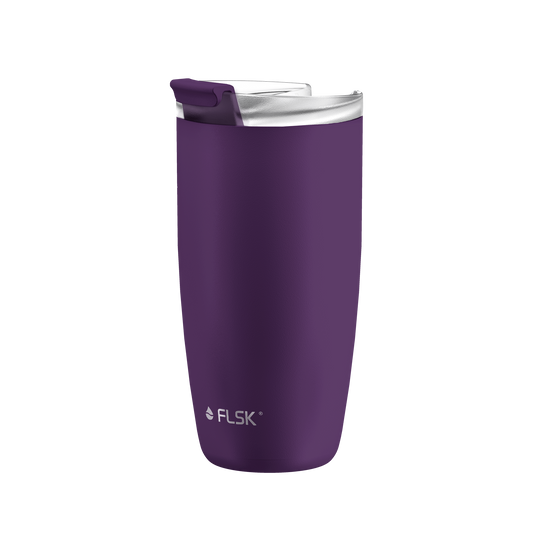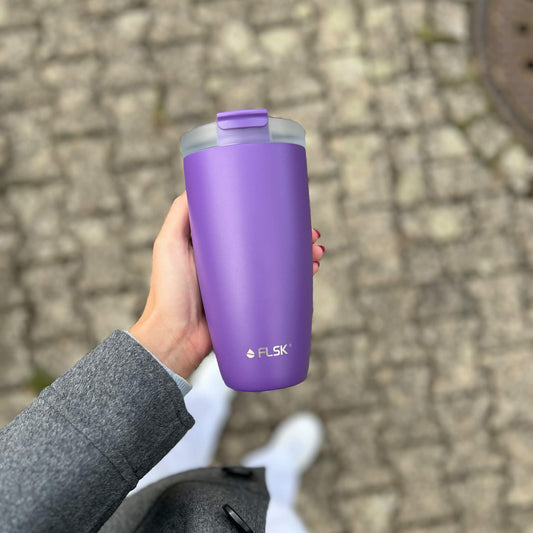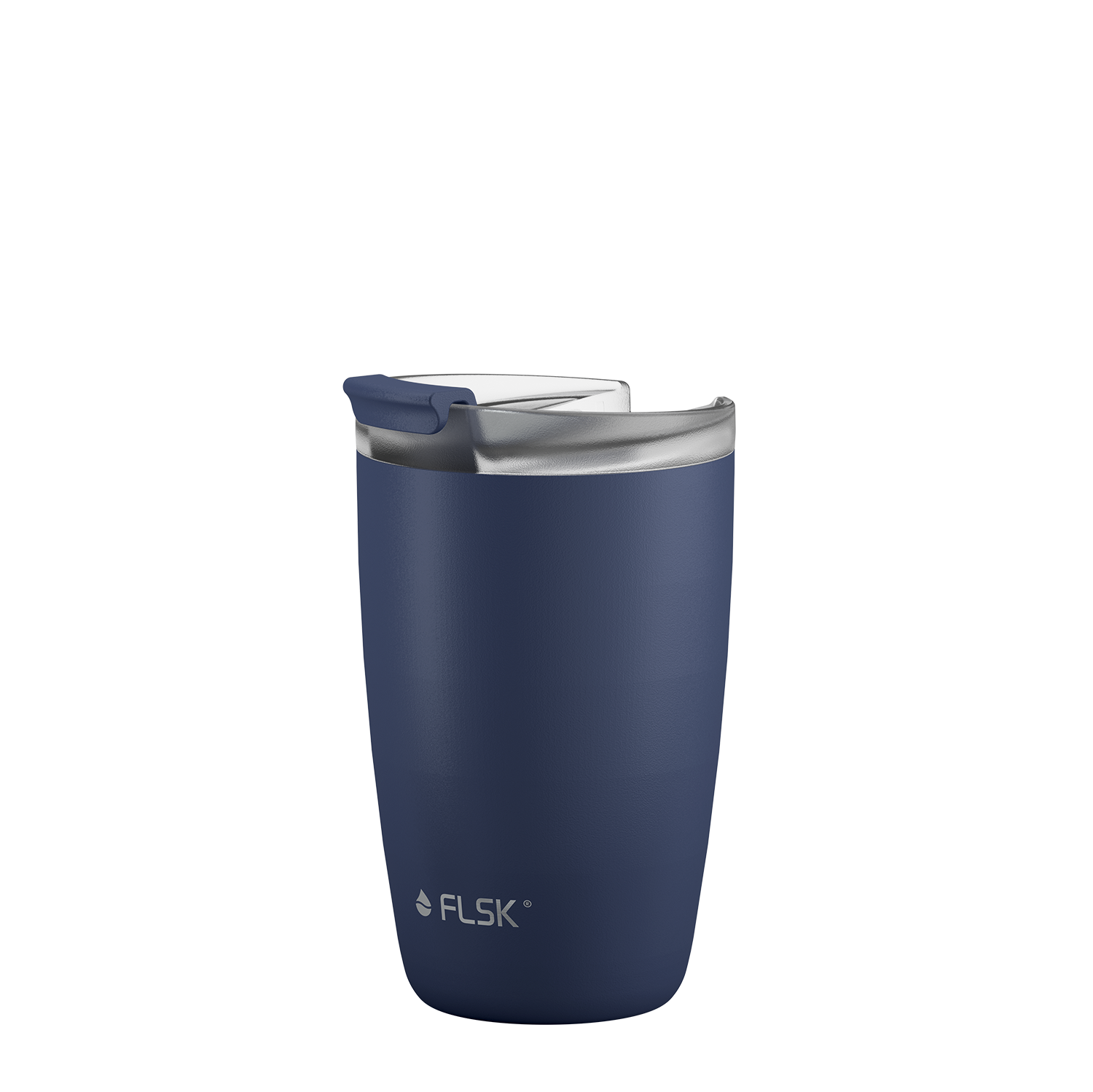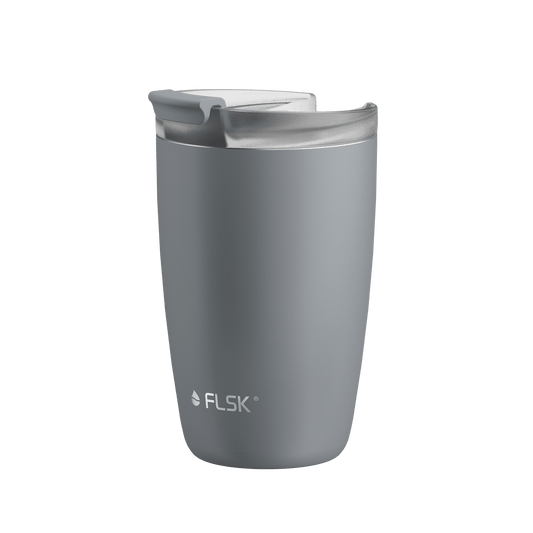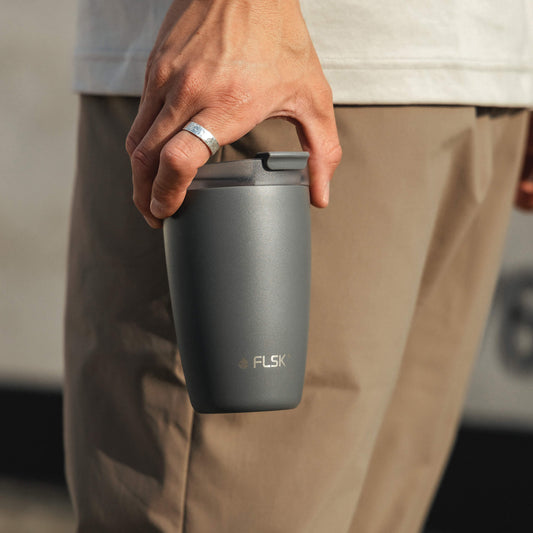How to shop sustainably

Do you know the saying "Your receipt is your ballot for a world the way you want it"? There is a lot of wisdom in this idea since each and every shopping decision of yours is a signal to the seller, saying “this is exactly what I am ready to pay for. Please keep going.”
Your shopping behavior holds a lot of power! And that includes quite a number of aspects: whether you shop online or in real life, in the city center or in the village, which products end up in the cart etc. You are the one with the money – and that is the biggest factor in our economy.
Let’s be clear what this means: You get to decide too. Which resources are consumed, which working conditions are rewarded, which shops are successful. And interestingly enough, without actively committing yourself to anything, but simply with your shopping, which you have to do anyway. It has never been so easy to do good! ;-)
What to buy where? Tips for sustainable shopping
- Animal protection, the local economy, pesticide-free vegetables, fair working conditions, resource-preserving fabrics – the list of potential choice criteria is long. So make up your mind first: What matters to you?
- Get information on which producers share your beliefs. Product seals might be a good indicator for that. However, nothing can replace a profound online research.
- For almost any conventional shop or producer there is a fair alternative. Recommendations for online as well as offline purchases are offered eg. by the “Hilfswert” and their "Die nachhaltigen 222”/ “The sustainable 222
- You can even let producers know what you want by using your smartphone. The App ReducePlastic scans the barcode and sends an automated message to the producer, pleading for less plastic.
The good is so close: shop locally
The influence we have as consumers is obvious at many places in Germany. Instead of lively streets we are confronted with empty shops and grey facades. Many small shops and boutiques are struggling to survive among the booming online-traders.
Although the city centers are still filled with people, the numbers indicate something else: the local shops are suffering. You can send a signal against the disappearing of “real life shops” just around the corner by shopping locally.
- You will keep the variety of smaller and bigger shops in your area. It would be a huge loss if you couldn’t stroll around anymore and actually touch things before purchasing them, right?
- You can enjoy an individual consultation. The book shop employee in your area for sure won’t give out any fake reviews but has actually read the recommended work. Exchange and return are usually a non-complicated and quickly resolved matter.
- You can do your local shopping by bike or walking. That helps you to stay fit and contributes to a clean environment.
- The weekly market in your area for sure offers some locally produced goods as well. Those haven’t been transported for miles and days which means they are fresh and environment-friendly too.
Klick, klick, mine: is online-shopping bad?
No matter the enthusiasm for buying locally – not every product can be purchased this way. Online however, everything from the flashy red overall to the goatmilk-shampoo is available, waiting and just a klick away. But is shopping per delivery bad for the environment?
The answer is: No. A package that is being delivered by the mailman to your door theoretically causes less CO2 than a mass of people driving to the city center with their own cars. However, things are not that simple, especially if returns and fast-deliveries are considered. Remember the following when shopping online:
- Every second fashion item is returned, very often because it doesn’t fit. Sounds legit since nobody can know beforehand whether the pants are a bit too tight or not. It’s better not to buy clothes online.
- Don’t order because it’s easy but because you actually want to keep stuff. That way you can minimize returns that are annoying, often unnecessary and cause a lot of energy waste.
- When shopping online, make sure you are on the watch for fair sellers and products. Lots of sustainable delivery services work based on green guidelines and avoid unnecessary packaging waste.
- - 10 %
- Engraveable.
FLSK coffee cup
350 ml · stone
- - 10 %
- Engraveable.


FLSK drinking bottle
500 ml · stone
- - 25 %
- Engraveable.
